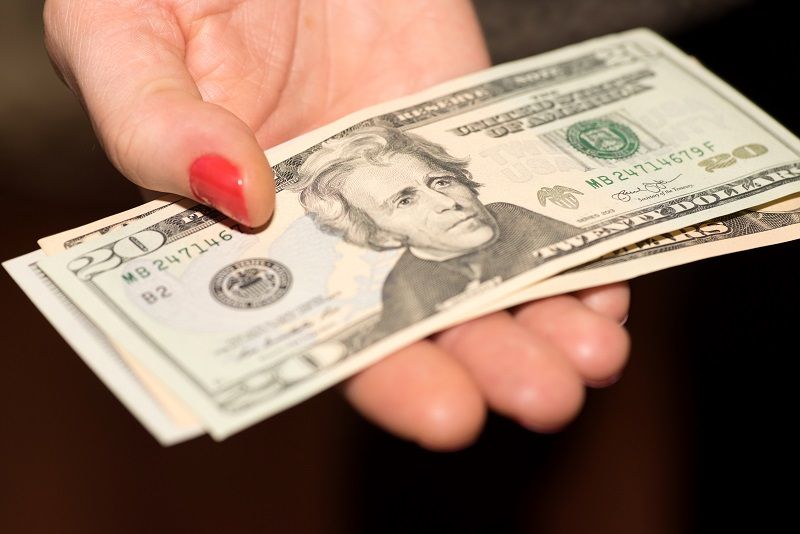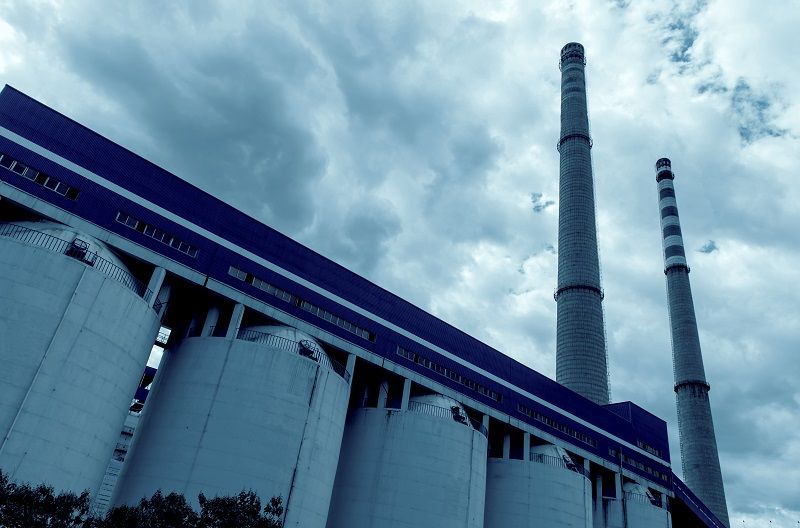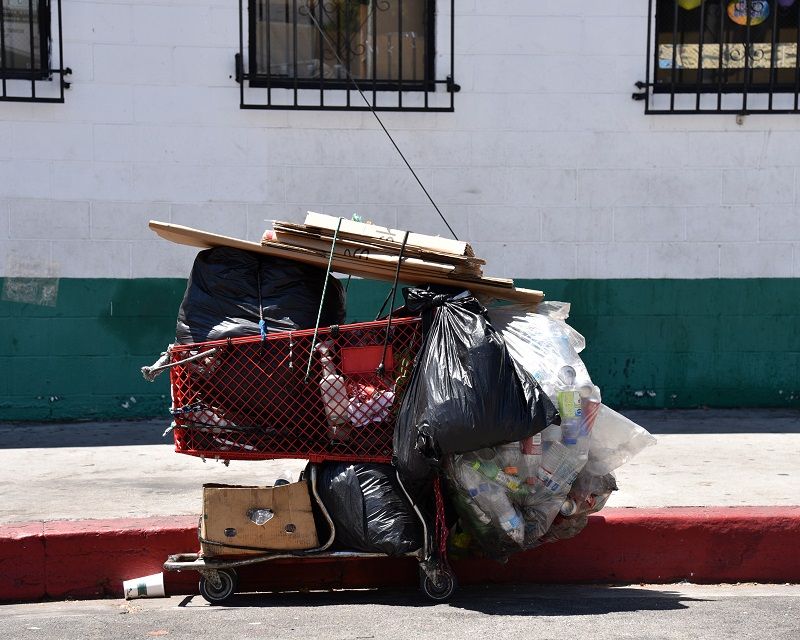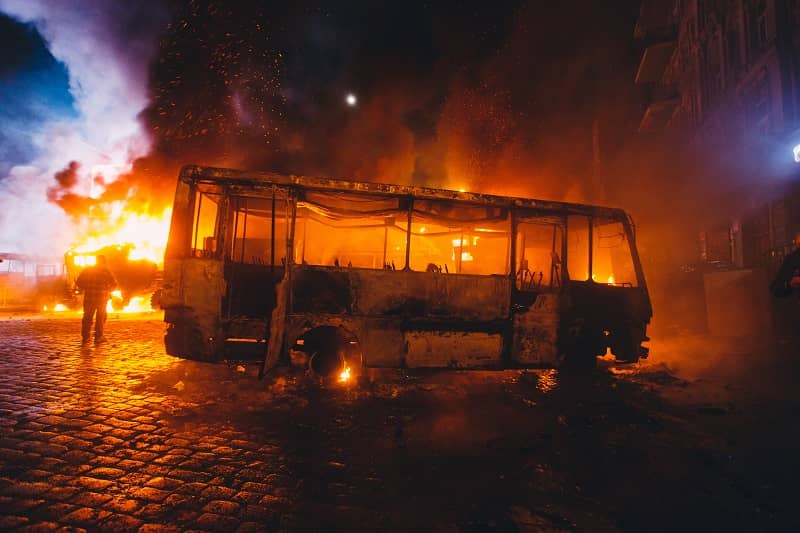Columnist Paul Krugman is credited with a line of thinking that should be debunked before it gains traction. Krugman wrote after 9/11 that the terror attacks could “do some economic good” because “all of a sudden, we need some new office buildings.”
Before the real Krugman could weigh in on the recent East Coast earthquake and hurricane, a fake Krugman wrote that “…we would see a bigger boost in spending and hence economic growth if the earthquake had done more damage.”
Such statements may seem plausible to those without much knowledge of economics. But the fallacy was exposed as early as 1850 in Frédéric Bastiat’s essay, That Which Is Seen and That Which Is Not Seen.
The argument seems to be that paying money to replace a broken window creates more prosperity than having the original window and spending the money on something else. But, as economist Sandy Ikeda asks, “If destruction is so good for an economy, why wait for a hurricane or a bombing raid? Why not just bomb your own cities?”
We can all “see” the new window. But whatever the money could have gone for instead remains “unseen.” No net economic benefit results from replacing the broken window. In fact, the economy is worse off because we now have just a window, not a window and the money that went to replace it.











